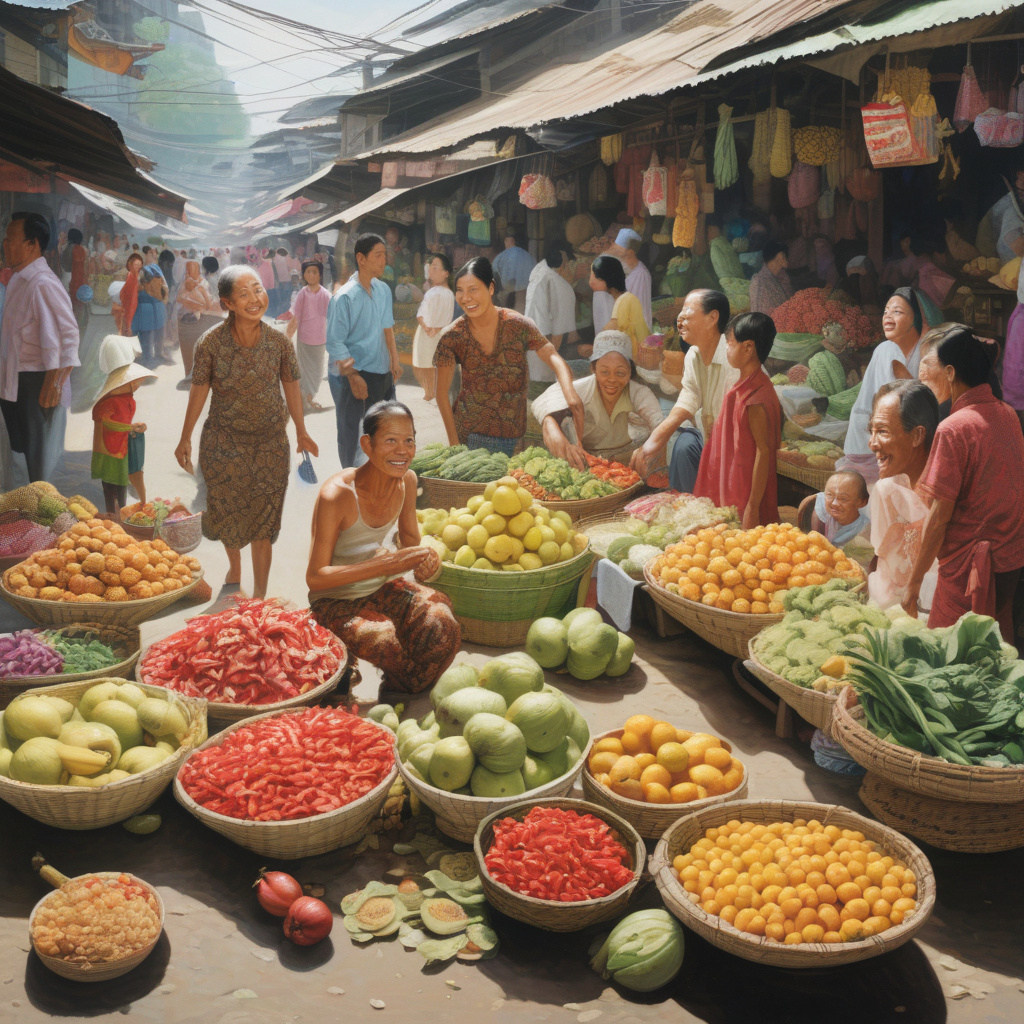Relief in Southeast Asia As Trump’s Tariffs Level Playing Field
The global economy has been experiencing some turbulence lately, particularly in Southeast Asia, where major garment producers like Vietnam and Cambodia have been anxiously awaiting the outcome of the trade war between the United States and China. The uncertainty caused by escalating tariffs has cast a shadow over the region, threatening to disrupt supply chains and raise production costs. However, there seems to be a glimmer of hope on the horizon as President Trump’s tariffs are now leveling the playing field for these nations.
One of the key developments in this ongoing trade saga is the adjustment in tariff rates for major garment-producing countries in Southeast Asia. Previously, these countries faced the looming threat of higher tariffs, which could have put them at a significant disadvantage in the global market. However, the latest changes have brought some much-needed relief, with Vietnam and Cambodia now facing similar tariff rates of around 20 percent. This new rate is not only lower than initially threatened but also helps to create a more balanced and competitive environment for these nations.
The impact of these tariff adjustments goes beyond just the numbers on paper. For countries like Vietnam and Cambodia, where the garment industry plays a crucial role in driving economic growth and providing employment opportunities, the implications are significant. A more level playing field means that these nations can continue to attract investment, expand their production capacities, and remain competitive in the global market. This newfound stability is a welcome change for businesses and workers in the region who rely on the garment industry for their livelihoods.
Moreover, the recalibration of tariff rates highlights the interconnected nature of the global economy. What happens in one part of the world can have far-reaching effects on others, underscoring the importance of diplomacy and cooperation in resolving trade disputes. By addressing the concerns of major garment-producing countries in Southeast Asia, the United States is not only fostering stronger economic ties with these nations but also demonstrating a willingness to find mutually beneficial solutions to complex issues.
As we look ahead, it is essential to recognize the broader implications of these tariff adjustments. Beyond the immediate relief felt by countries in Southeast Asia, there is a larger lesson to be learned about the power of dialogue and negotiation in resolving trade conflicts. The recent developments serve as a reminder that cooperation and compromise can lead to positive outcomes for all parties involved, paving the way for a more stable and prosperous global economy.
In conclusion, the leveling of the playing field for major garment producers in Southeast Asia, such as Vietnam and Cambodia, through the adjustment of tariff rates is a positive development in the midst of ongoing trade tensions. By reducing uncertainty and creating a more competitive environment, these changes offer much-needed relief to businesses and workers in the region. As we navigate the complexities of the global economy, it is clear that dialogue and cooperation are essential in finding solutions that benefit everyone involved.
tariffs, Southeast Asia, garment industry, trade war, global economy












